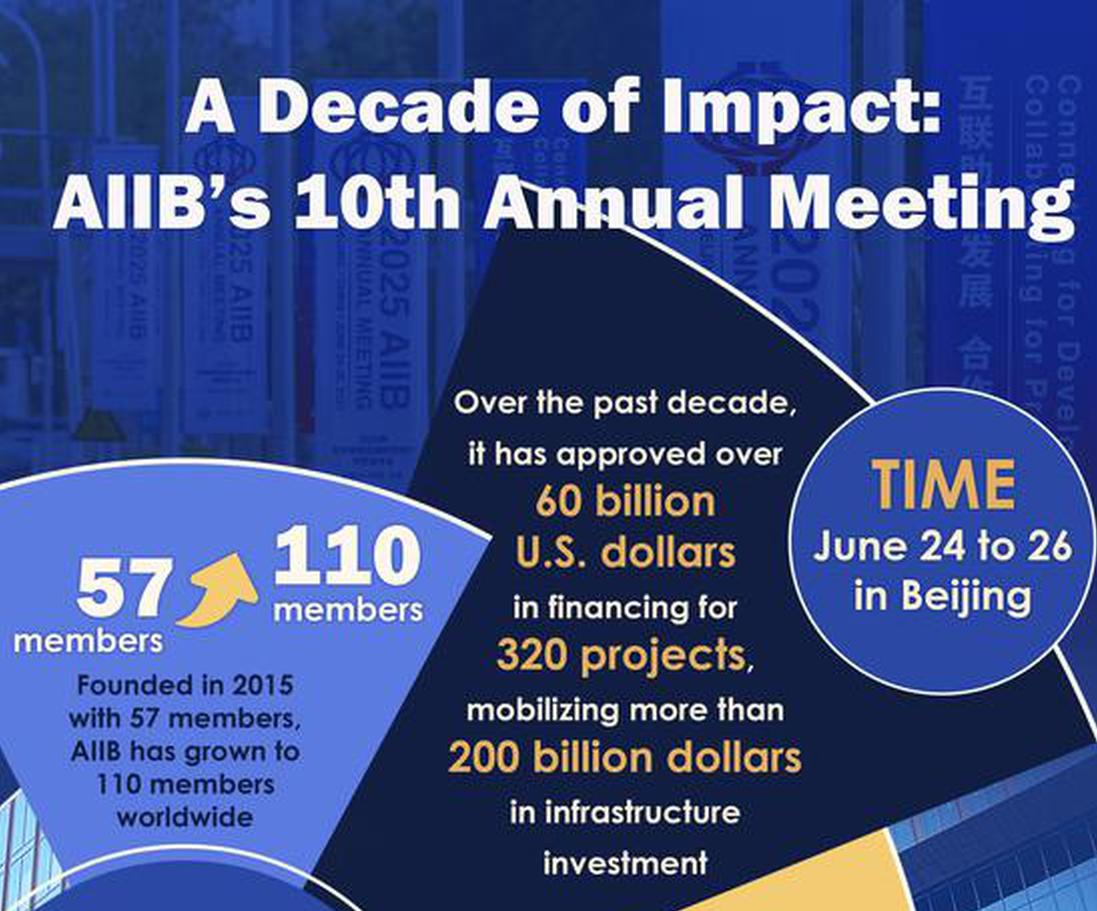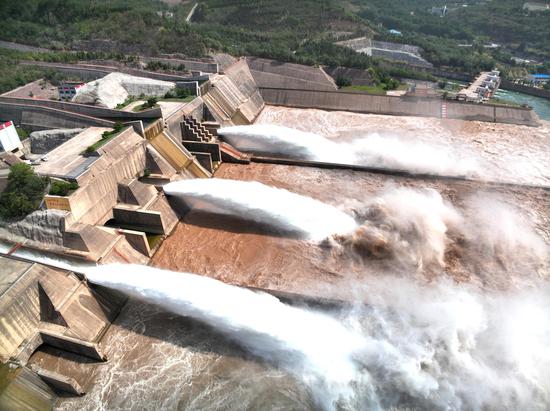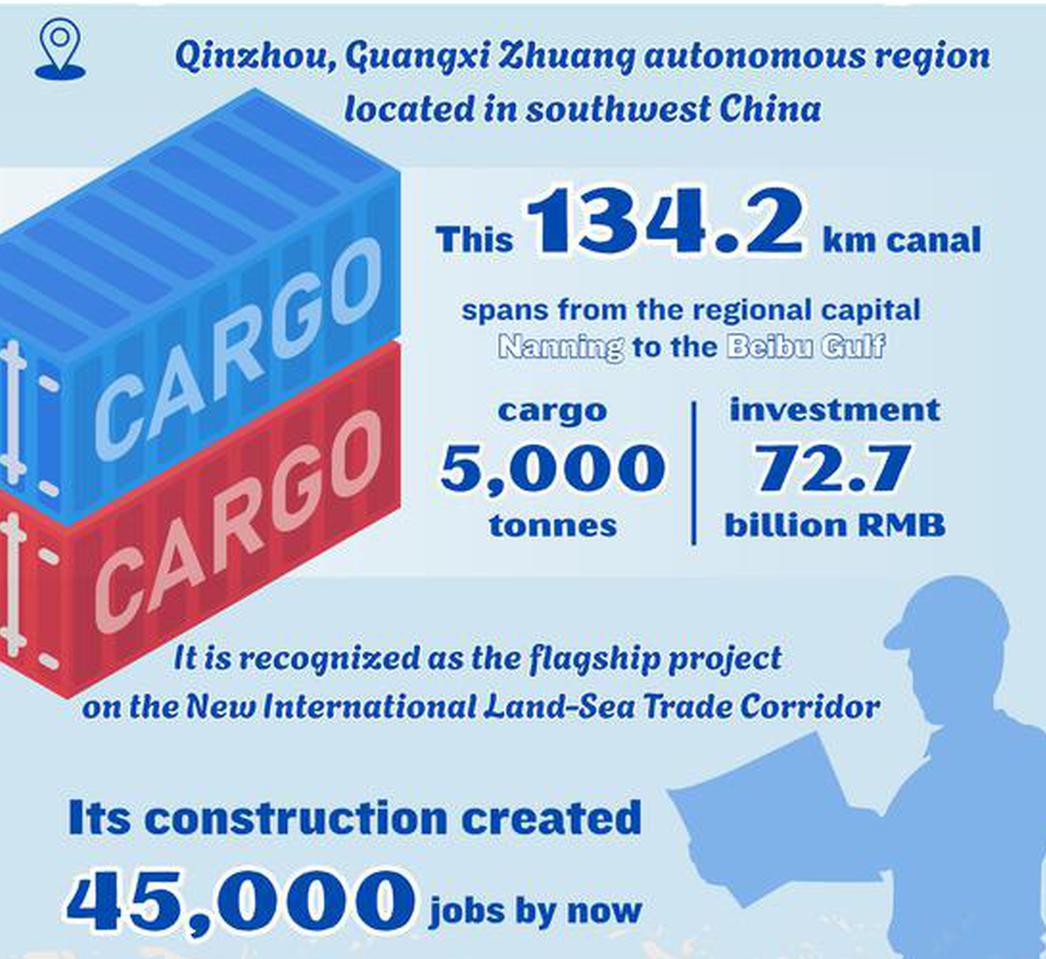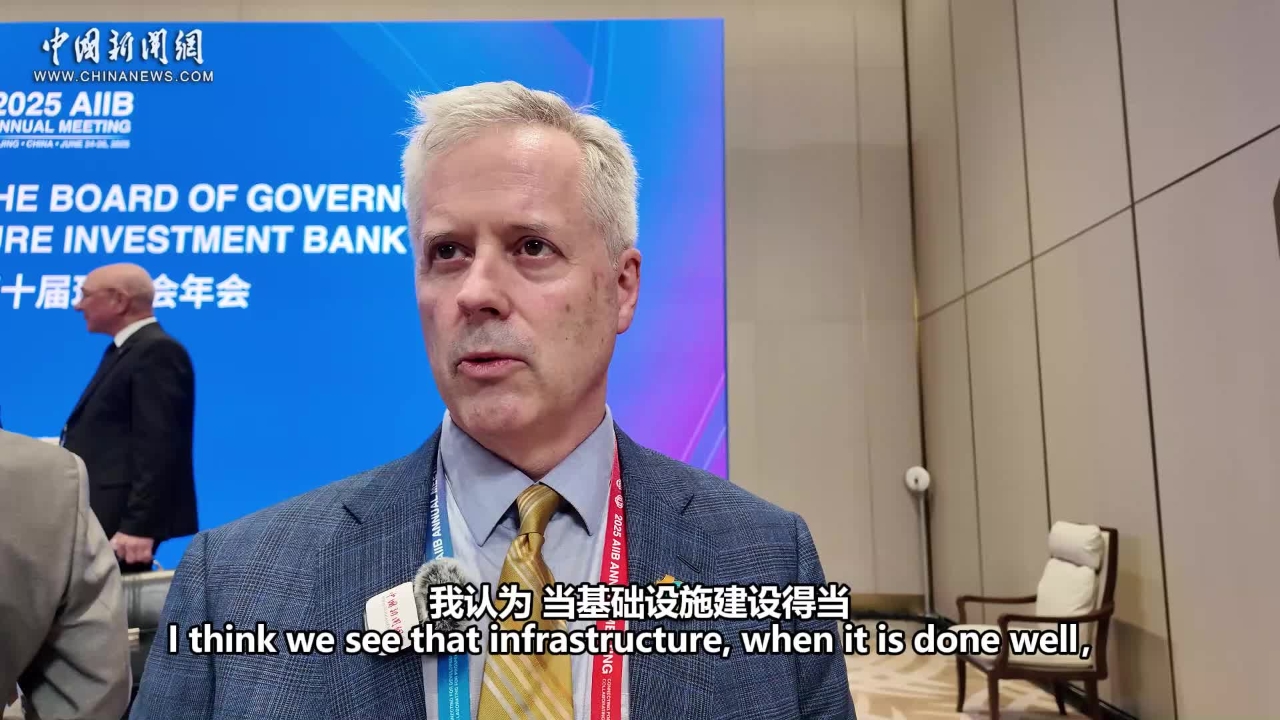By Lin Zhuowei
(ECNS) –"Our traditional path to industrialization is no longer sustainable. We must turn to intelligent and green technologies to drive the next wave of innovation," said Professor Gong Ke, former president of Nankai University and executive director of Chinese Institute for New Gen AI Development Strategies, Nankai University, in an exclusive interview with China News Network.
During the 2025 Summer Davos Forum held in Tianjin, the World Economic Forum released its "Top 10 Emerging Technologies 2025" report. The list features cutting-edge breakthroughs such as collaborative sensing, green nitrogen fixation, and structural battery composites, once again placing "emerging technologies" in the global spotlight.
As part of the W.E. Talk series, China News Network invited Professor Gong Ke, joined by Professor Katherine Daniell, director of the School of Cybernetics at the Australian National University and Dr. Frederick Fenter, chief executive editor of the Frontiers journal series, to explore key technology trends and the role of global cooperation highlighted at the forum.
A dual transformation: intelligence and sustainability
Experts observed that artificial intelligence is becoming deeply embedded in industrial systems, while increasingly converging with green technologies.
"These technologies emphasize not only intelligence, but also environmental sustainability," said Professor Gong. He noted that in fields such as nanomaterials, bio-enzymes, and perovskites, a new wave of low-carbon, high-efficiency innovations is reshaping the technological frontier.
Dr. Fenter, a key contributor to the emerging technologies report, echoed this view. He highlighted green nitrogen fixation as a particularly urgent innovation: "Currently, about 1.7% of global energy is consumed in ammonia production, resulting in roughly 2.4 tons of CO? emissions per ton of ammonia." Replacing traditional energy-intensive processes with biological or electrochemical approaches, he argued, could dramatically reduce agriculture's carbon footprint.
Examples like these reflect another trend in this year's technological evolution. "What's interesting about this year's report is how different technologies actually work together to provide strong solutions," said Fenter.
Empowering networks and Next-Gen materials
Collaborative sensing stands out as another example of convergence of technologies in innovation.
"Collaborative sensing is going to be really important, because it allows the convergence of a whole range of different technologies that we've seen, from robotics to internet of things, devices, satellites, but also all of the human devices that we have on us," explained Professor Daniell, "And so, that's going to allow us to make a whole lot of collective decisions, collaborative intelligence, and also to work in uncertain areas."
In Australia, she said, collaborative sensing has enhanced bushfire response systems by integrating satellite data, drone reconnaissance, and emergency networks, significantly improving both efficiency and safety.
Structural battery composites represent another leap forward led by technological convergence. Embedding energy storage directly into structural components, like a car's outer shell, can reduce weight and enhance energy efficiency, Daniell added.
She noted that China has already achieved global leadership in electric vehicle adoption and smart green city development, which provides fertile ground for scaling such technologies and accumulating useful experience for the rest of the world to follow.
China's role and the imperative of global cooperation
Looking ahead, Professor Gong emphasized both China's progress and the challenges ahead. "China ranks among the leaders in fields such as photovoltaic capacity and AI innovation zones, but that does not mean we can go it alone."
He underscored that the complexity of emerging technologies and the global nature of climate issues make international collaboration not an option, but a necessity.
"Even though China has one of the most complete industrial systems, we are not the whole world," Gong said. "Addressing smart and green transformation requires all countries to participate."
Dr. Fenter shared similar views, noting that today's challenges may catalyze the next generation of solutions.
"We must break down technological barriers and build an open, inclusive, and collaborative innovation ecosystem," Gong added.
Only through deeper international cooperation, he said, can the world navigate a successful transition to a smarter and greener future.


















































 京公網安備 11010202009201號
京公網安備 11010202009201號